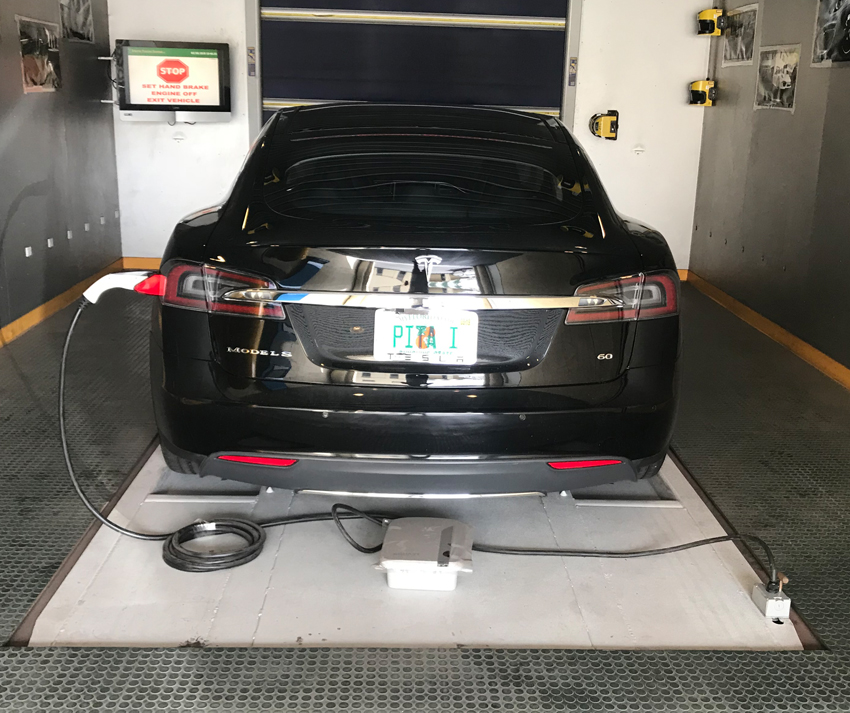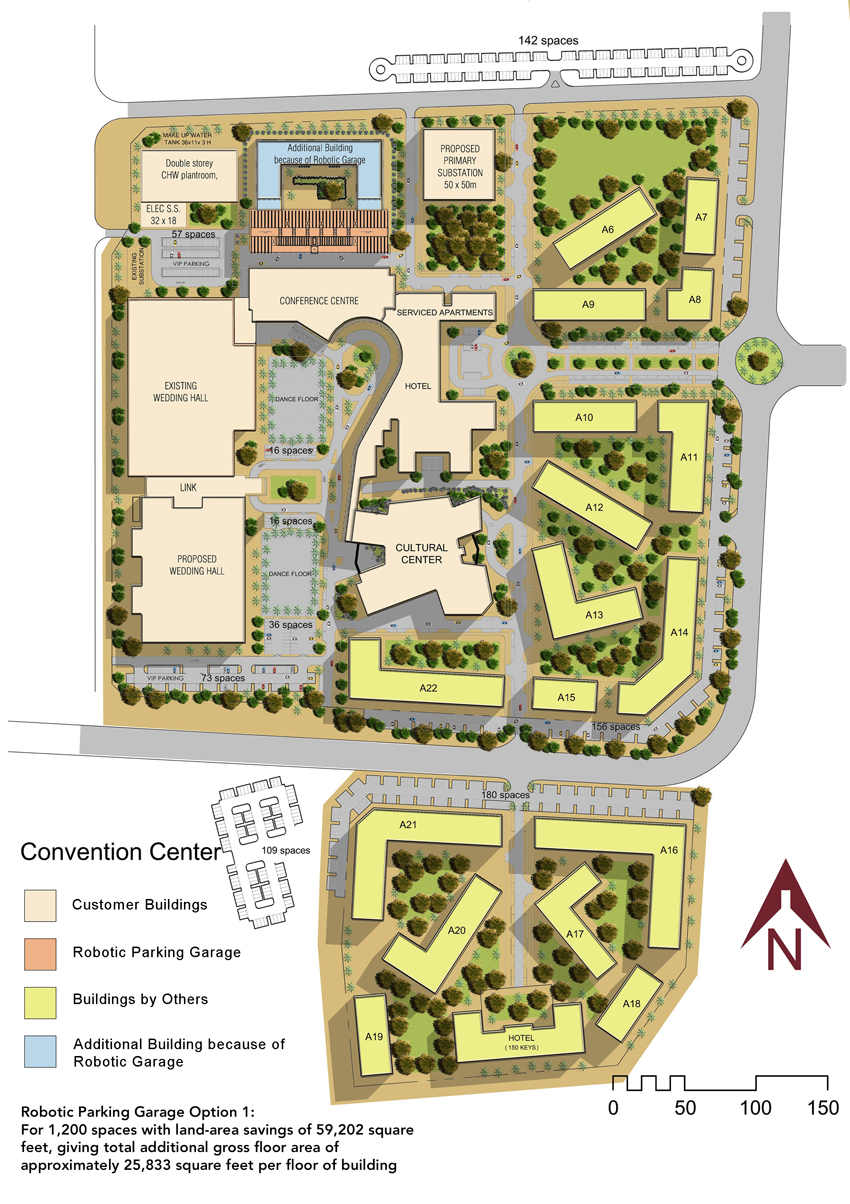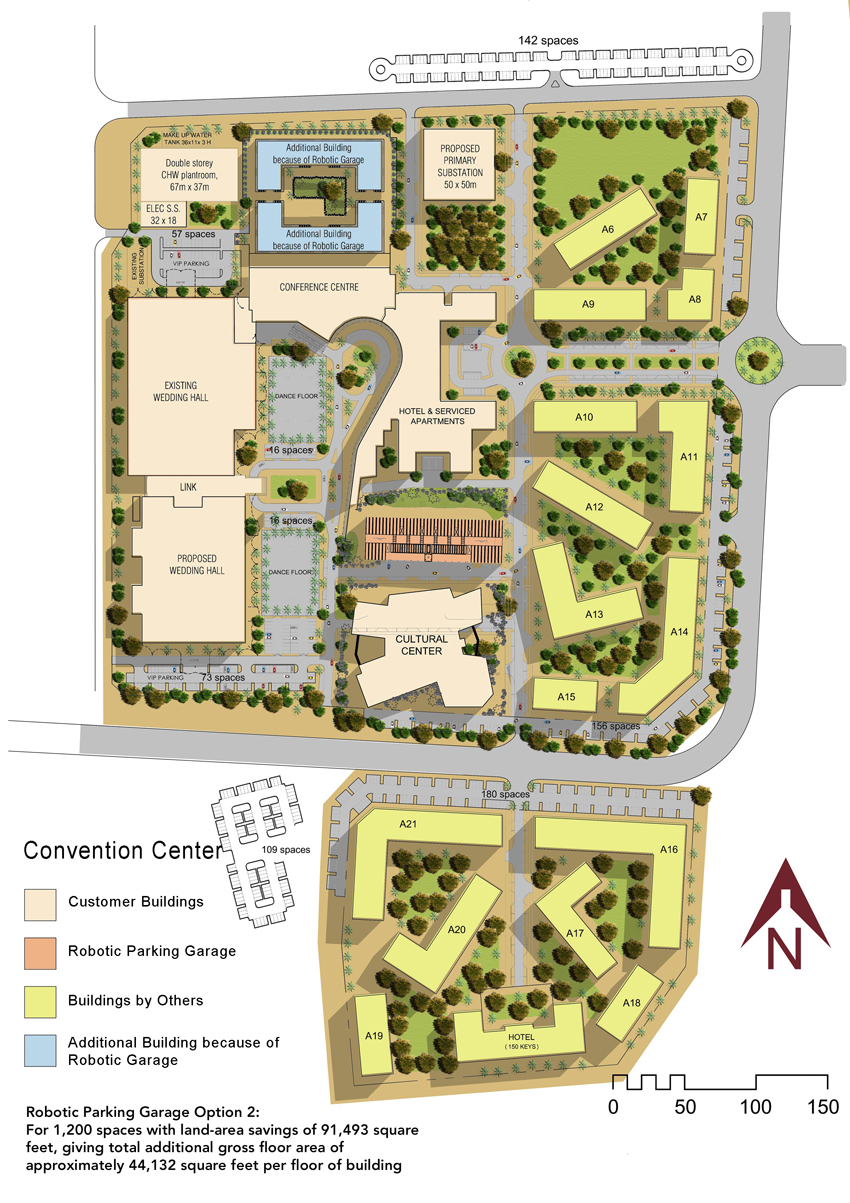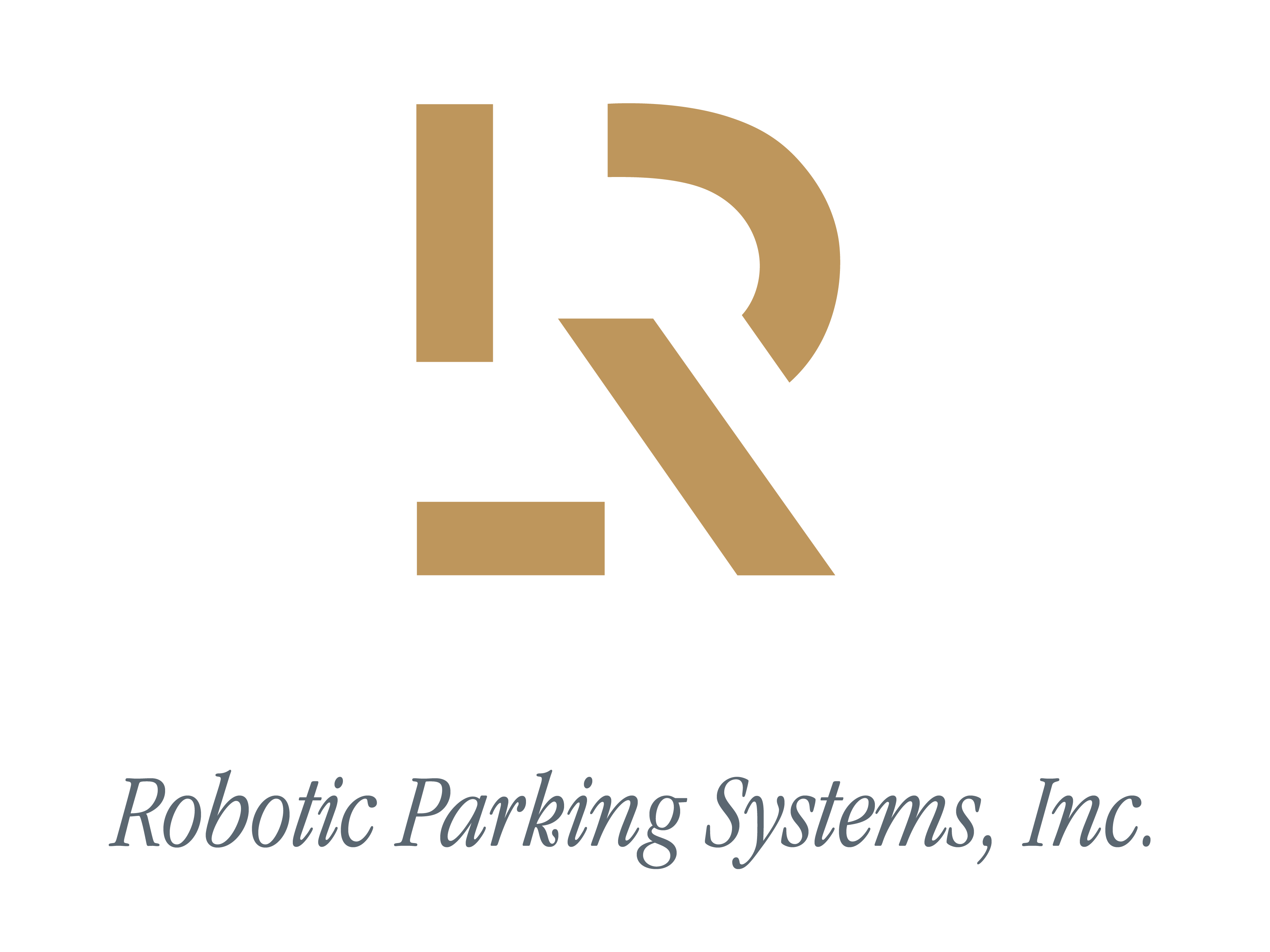The Largest Robotic Parking Systems in the World: Is the United States Ready for This?
Changing the Dynamics of Land Use
Automated parking frees up massive amounts of downtown property. Every 500-car concrete garage replaced with an automated robotic garage can generate up to half an acre of available land. These acres can now be used for green spaces, additional residential units, office spaces, amenity areas around the city, or additional parking.
Not enough parking is actually considered to be the primary cause of congestion. Therefore, parking moratoriums and the thinking that additional parking adds to congestion is the opposite of what in-depth U.S. Department of Transportation (DOT) and other research conclusively shows. Don H. Pickrell, chief economist at the U.S. DOT ’s Volpe National Transportation Systems Center, located at the Massachusetts Institute of Technology in Cambridge, states that “research in diverse urban settings estimates that as many as half of all automobiles on the street are simply cruising in search of vacant off-street spaces.”6 Additional studies have also reported that an average of 30 percent of traffic in city centers is generated by drivers’ search for a parking spaces.7
How Robotic Parking Fits into Emerging Driving Technologies
For higher levels of technology integration, automatic parking system companies would do well to orient their systems around the acronym CASE, as defined by Mercedes-Benz at the Paris Automobile Show. CASE is an acronym for: connected, autonomous, shared, and electric.
Connectivity: Through use of software from existing, known, and reliable companies, an automated parking company can be connected and receive and share information on an open network.
Autonomous driving: A parking company should develop a partnership with big players in the industry to facilitate the parking of autonomous driving cars.
Sharing: Communications exist to handle car sharing, fleets, and servicing cars.
Electrification: Automatic parking systems are designed to include automatic electric car charging stations. The owner just plugs the cable in the entry terminal to the car.
Electric Cars
With recent proclamations on electric vehicles from the largest U.S. and global automobile manufacturers, providing adequate numbers of charging stations for an anticipated influx of electric cars will become an issue. Fully automated parking systems can be equipped with these stations, and there is no limit on the number of charging stations the planner can select. More can be added at a later point as needed.
Once the car is charged in an automated parking garage, machines move the car to an ordinary parking slot and can bring in the next car in the queue for charging. Patrons can thus avoid receiving fines for blocking the charger after a car is fully charged. With this feature in an automatic system, the actual number of charging stations can be reduced, and respective cost savings can be gained.

Electric cars can be changed in a charging spot and then automatically moved to another spot when fully charged, allowing another electric vehicle to be moved to that spot.
Autonomous Vehicle Parking
Going forward, conventional concrete parking garages will struggle to cater to the needs of self-driving or autonomous cars without large investments for sensors, software, and other guidance equipment. This increases the cost of investing in conventional garage construction. Automated parking systems, however, already have a built-in automation platform that can relatively easily accommodate self-driving cars.
Conclusion
While the United States cannot claim the largest automated parking systems in the world at this time, there is no doubt that this could eventually change. The acceptance of automated parking will likely be driven by architects working in the best interest of developers to achieve the highest and best use for any new or retrofitted project. While U.S. residents have become accustomed to the fumes, danger, and inconvenience of conventional parking garages, there is every likelihood that they will one day embrace this technology as thoroughly as they have embraced the push-button ease of elevators. For the best ROI for land development, it is incumbent on architects and developers to give robotic parking systems serious consideration, changing the dynamics of land use.
End notes
1“$3.6 Billion Automated Parking System Market – Global Forecast to 2027.” Research and Markets. 3 September 2019. Web. 25 February 2021.
2Schwartz, Samuel. “The Garage of the Future Must be Green.” Parking Magazine. March 2009. Web. 25 February 2021.
3Smith, Mary S. “Crime Prevention Through Environmental Design in Parking Facilities.” National Institute of Justice Research in Brief. April 1996. Web. 25 February 2021.
4“Automated Parking Systems Offer Air Quality and Fuel Consumption Benefits.” Environmental Consulting Insights. EEA Environmental Consulting Activities. Summer 2009. Web. 25 February 2021.
5Schwartz, Samuel. “The Garage of the Future Must be Green.” Parking Magazine. March 2009. Web. 25 February 2021.
6ULI on the Future: Smart Growth – Economy, Community, Environment. Urban Land Institute. 1998.
7Arnott, Richard and Inci, Eren. “An Integrated Model of Downtown Parking and Traffic Congestion.” Journal of Urban Economics. November 2006.











